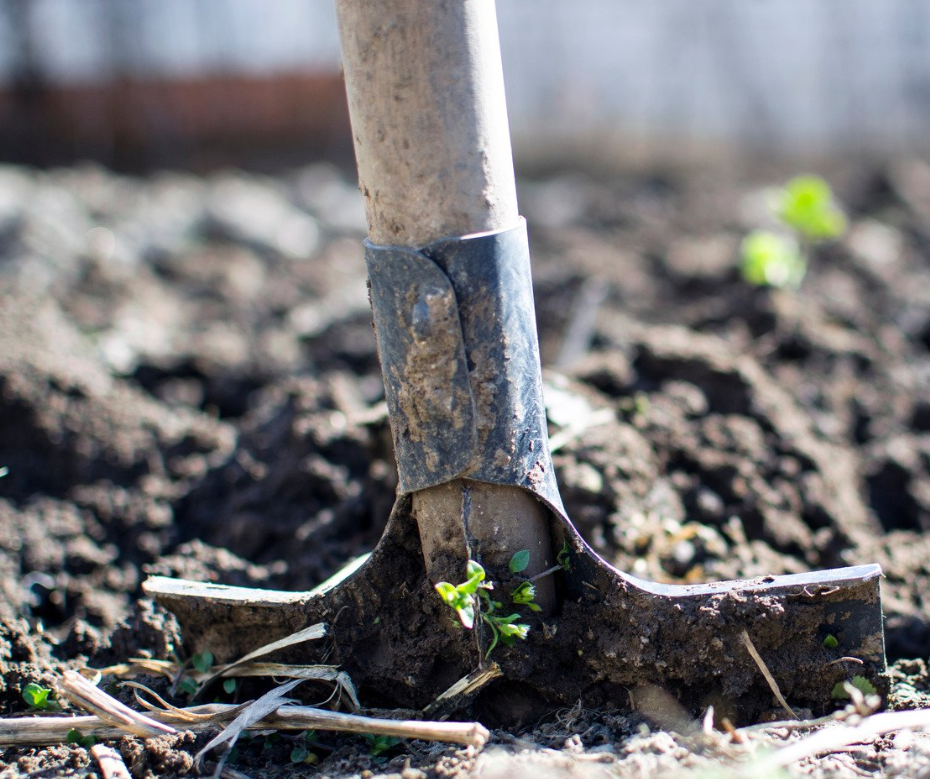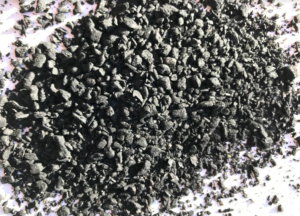The old adage that you should not plant a $100 tree in a $10 hole is especially true in Australia. Soils may be compacted, nutrient-poor and possible saline or alkaline. On top of that you can expect that your expensive tree will experience water and heat stress at some stage in its life. In these situations canny gardeners know that extra time and effort preparing the planting hole is time well spent.

It’s not just about ensuring the young sapling gets the best possible start in life. It’s not just about digging the hole wider and deeper than strictly necessary, or mixing rich compost into the backfill. It’s about the long term.
The question must be asked: what happens after all the compost has decayed away? The answer is that the soil in the root zone will have roughly the same carbon content as before planting. This is because as the compost decays, the carbon is converted into carbon dioxide, which is consumed by plants or escapes into the atmosphere. In many situations this doesn’t matter greatly. The roots have become established and the influence of greater subsoil predominates.
But if you want to ensure that the carbon content around the root zone of your tree is higher for the entire life of the tree then you must add biochar into the backfill when planting.
The biochar will be pushed out and down by the root zone as the tree grows but it will always be close by the roots. Decades after the tree is planted you can expect this biochar to continue to regulate soil moisture, microbial action and nutrient exchange exactly where it is needed.
So how to apply and how much?



